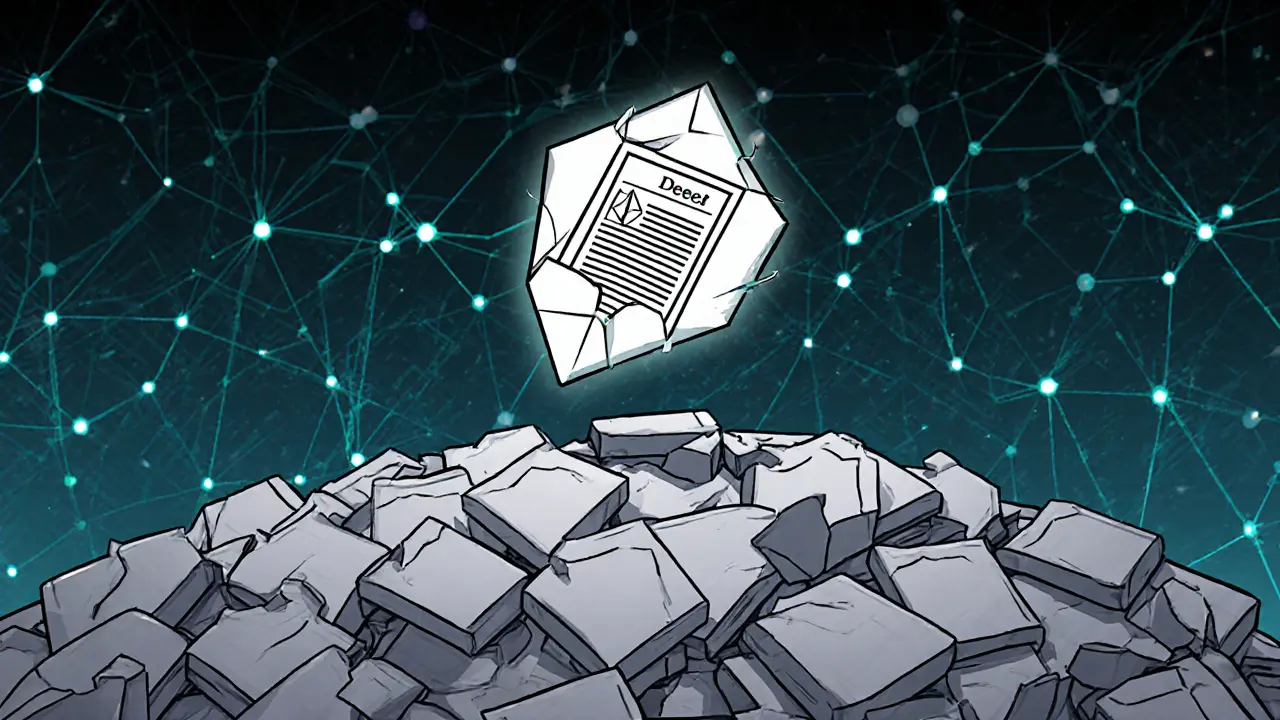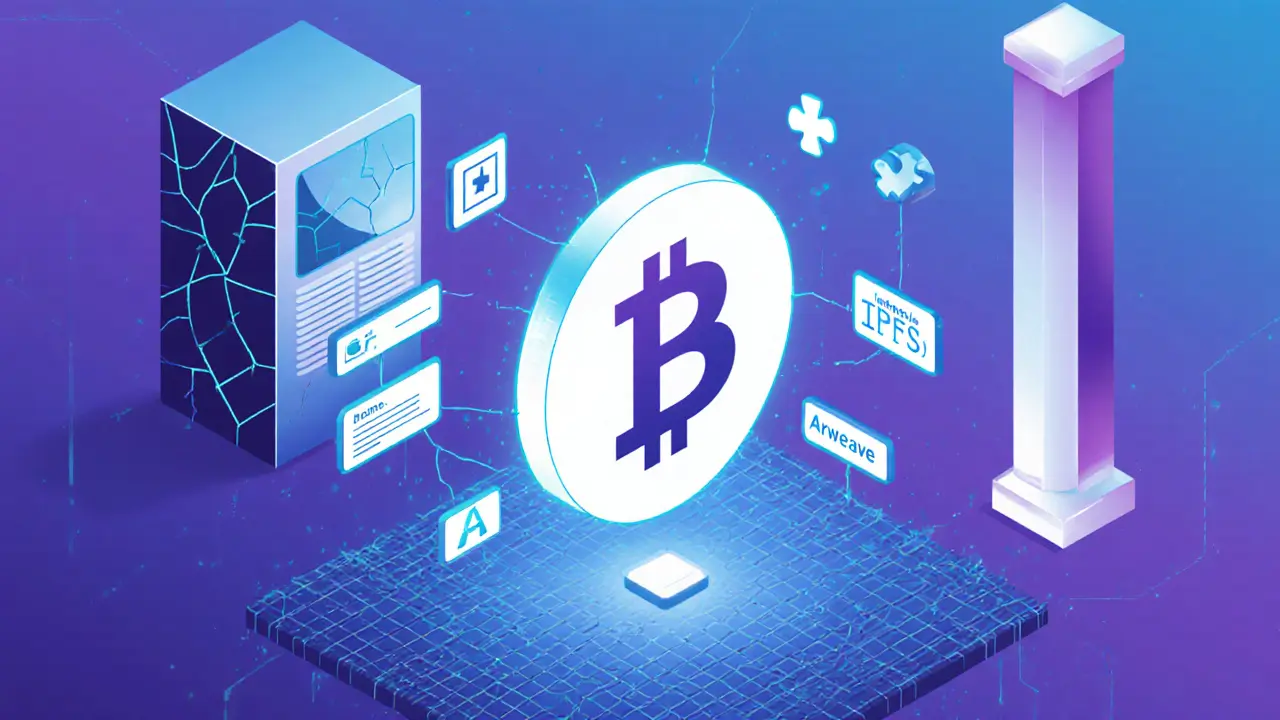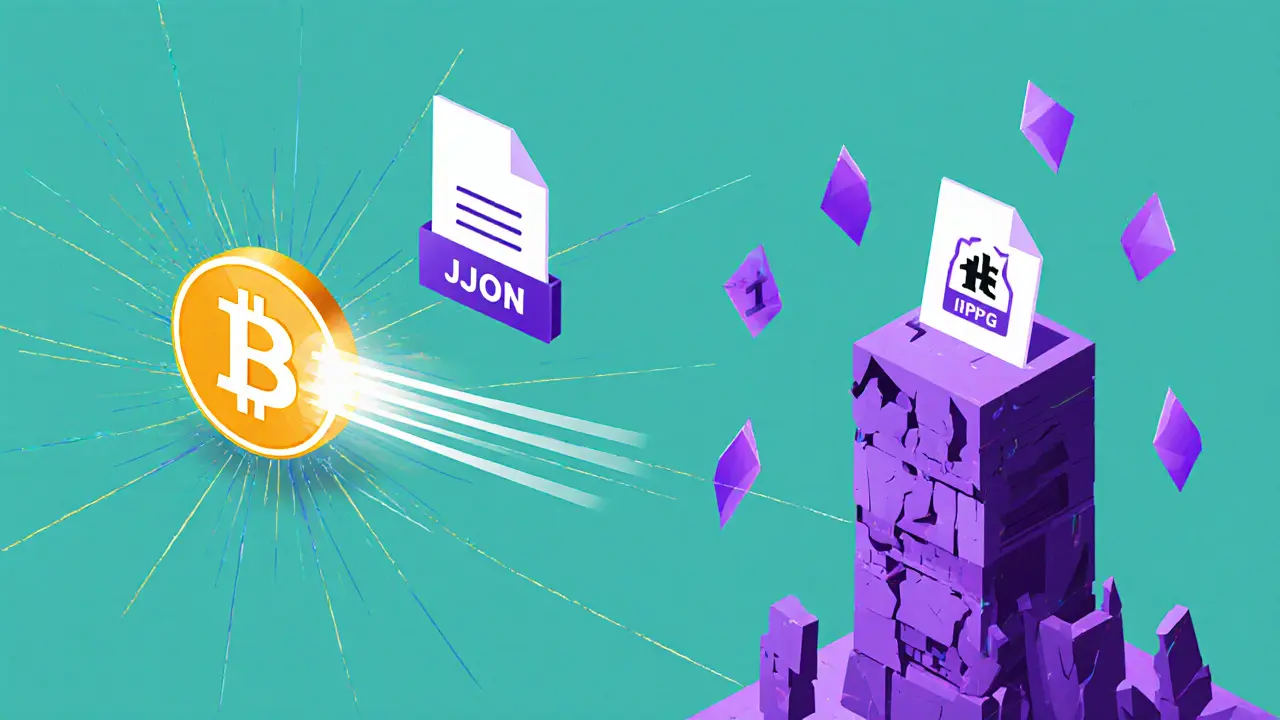ERC-721 Explained: What It Is, Why It Matters, and How It Powers NFTs
When you buy a digital artwork, a virtual sneaker, or a rare in-game item, you’re often buying something built on ERC-721, a technical standard on the Ethereum blockchain that creates unique, non-interchangeable digital assets. Also known as a non-fungible token standard, it’s what lets one NFT be completely different from another—unlike Bitcoin or Ethereum, where every unit is identical. Without ERC-721, NFTs wouldn’t exist. It’s the rulebook that says, "This token is one-of-a-kind, and here’s how you prove it."
ERC-721 doesn’t just create uniqueness—it enables ownership. Each token has a unique ID, a record of who owns it, and a history of every transfer. That’s why you can verify if a CryptoPunk is real or if that Bored Ape was legitimately bought. It’s not magic—it’s code. And that code is open, meaning anyone can build on it. Projects like ERC-721 are behind everything from digital collectibles to real estate deeds on the blockchain. But it’s not perfect. Because every token is unique, it’s harder to trade in bulk, and gas fees can spike when everyone rushes to buy at once.
ERC-721 works alongside other Ethereum standards like ERC-20 (for regular tokens) and ERC-1155 (a more flexible hybrid). But unlike those, ERC-721 doesn’t allow swapping one token for another. You can’t trade one NFT for another and expect them to be equal—because they’re not. That’s the whole point. It’s why a rare digital baseball card can sell for thousands while a common one is worth nothing. This standard turned digital items into something you can truly own, not just access.
What you’ll find in the posts below are real examples of how ERC-721 is used—or misused. You’ll see tokens built on it, exchanges that support it, and projects that promised to change everything but faded away. Some are serious tools. Others are hype with no substance. Either way, understanding ERC-721 helps you tell the difference.
Understanding ERC-721 NFT Standard: How Unique Digital Assets Work on Ethereum
ERC-721 is the Ethereum standard that made digital ownership possible. Learn how unique NFTs work, how they differ from fungible tokens, and why they dominate the NFT market despite higher costs.
learn moreNFT Metadata Standards and Structure: What You Need to Know to Avoid Losing Your Digital Assets
NFT metadata is the hidden data that gives your digital asset its identity, image, and traits. Learn the essential fields, storage methods, common mistakes, and how standards like ERC-721 and Metaplex shape NFT value today.
learn moreHow NFT Metadata Links to Digital Assets
NFT metadata connects your token to the digital asset it represents - but that link is often fragile. Learn how IPFS, centralized servers, and on-chain storage work, why most NFTs risk breaking, and how to protect your investment.
learn more

